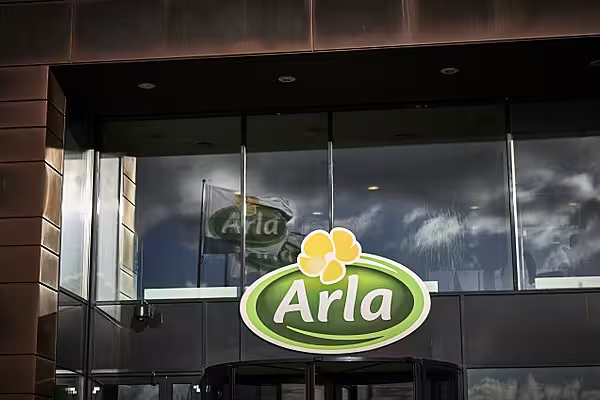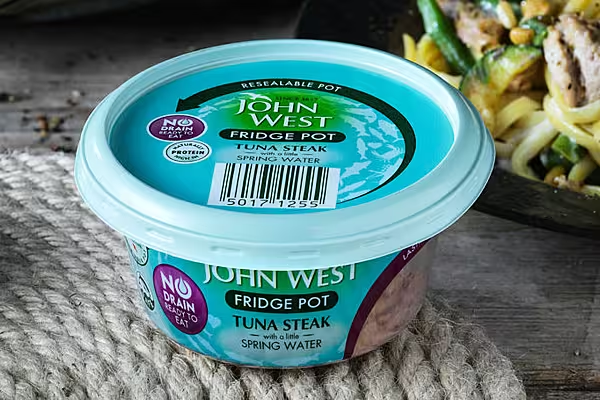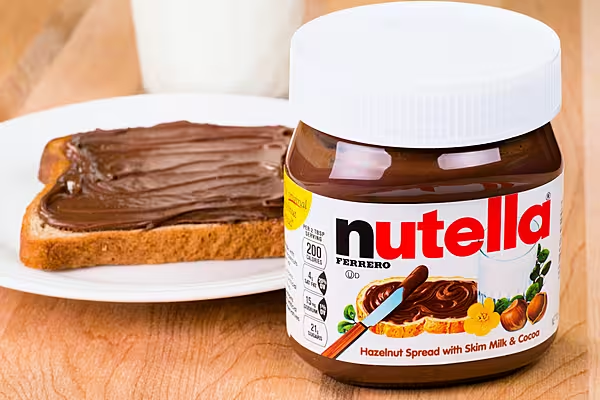Earlier this week, food giant Nestlé announced at its capital markets day that its Waters business will become a stand-alone global unit as of January 2025, operating directly under CEO Laurent Freixe.
Barclays welcomed the move stating that it enhances 'optionality' and added that it hopes Nestlé will be able to find a solution that maximises shareholder value given the capital that has been invested into the business over the years.
Head of group strategy and business development, Sanjay Bahadur, said that the company has not yet engaged banks to assess the water business but is "open to both internal and external partnerships."
Barclays interprets the statement as Nestlé potentially considering a sale or a joint venture, with the second option as the more probable outcome.
Options For Nestlé Waters
Previously, Nestlé has handled other divisions that have underperformed in a similar manner to create value, such as its European frozen food, ice cream and European chilled dairy businesses, the investment firm noted.
In 2023, the business generated CHF 3.3 billion in sales, representing 3.6% of group sales.
Its margin stood at 10.6%, implying that it accounts for just 2.3% of the group's underlying trading operating profit.
Nestle Waters' portfolio comprises super-premium water brands, like Perrier and San Pellegrino, but its margin structure and challenges arising from the cost of doing business in waters with ESG pressures are weighing on the division.
Barclays added that partnering with a trade player could be more favourable than collaborating with a private equity firm, adding that at this stage there is no clarity about interest from soft drink bottling firms.
As a large and complex global business, with Europe comprising almost 50% of its operations, a trade player could be a better option for the Nestlé Waters.
'That said, we do think Perrier, San Pellegrino, Buxton and the like have strong brand equities and in the right ownership could extract significant value if it is partnered with a scaled distribution network, which is able to drive both distribution reach and reduce the cost per unit,' Barclays added.










